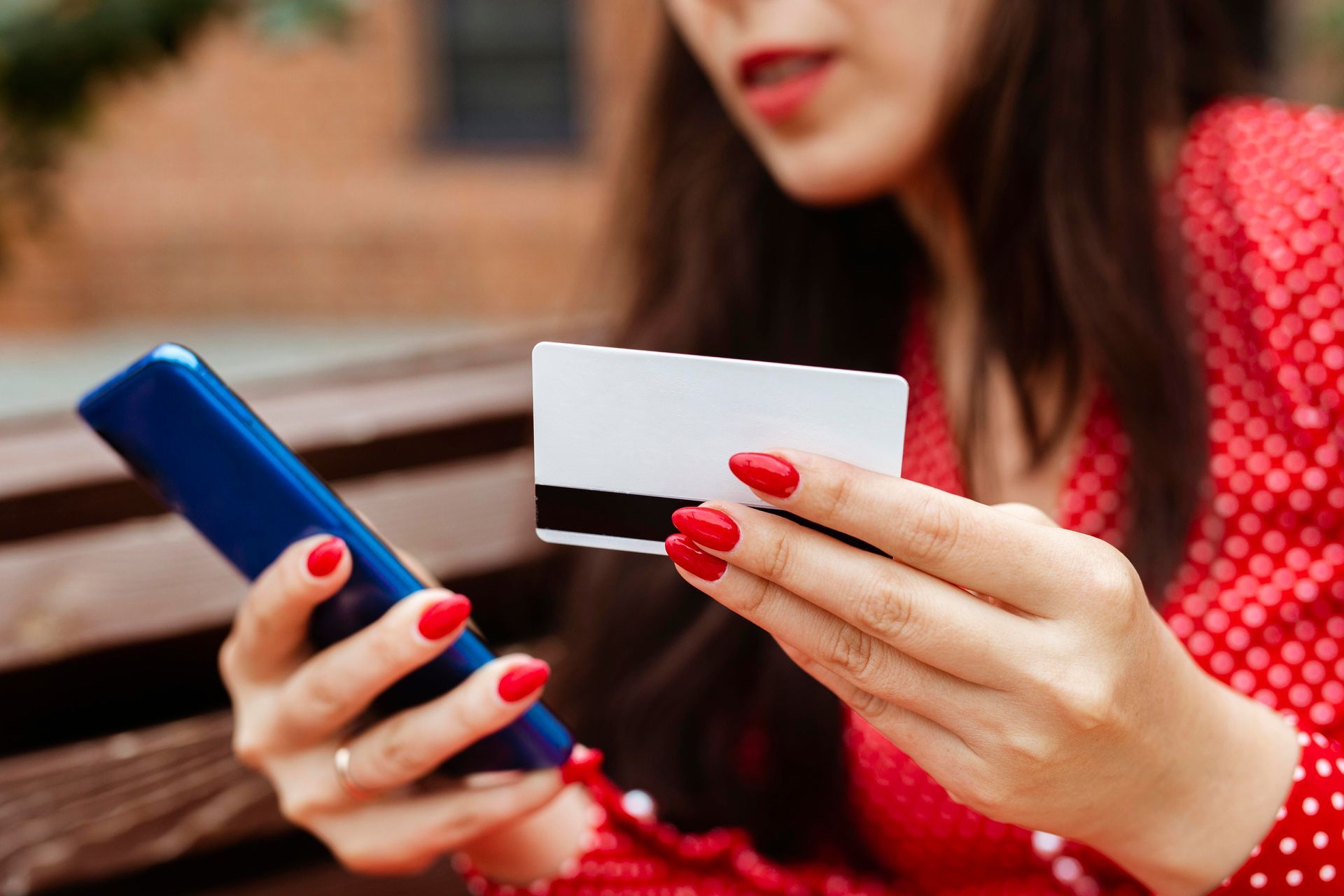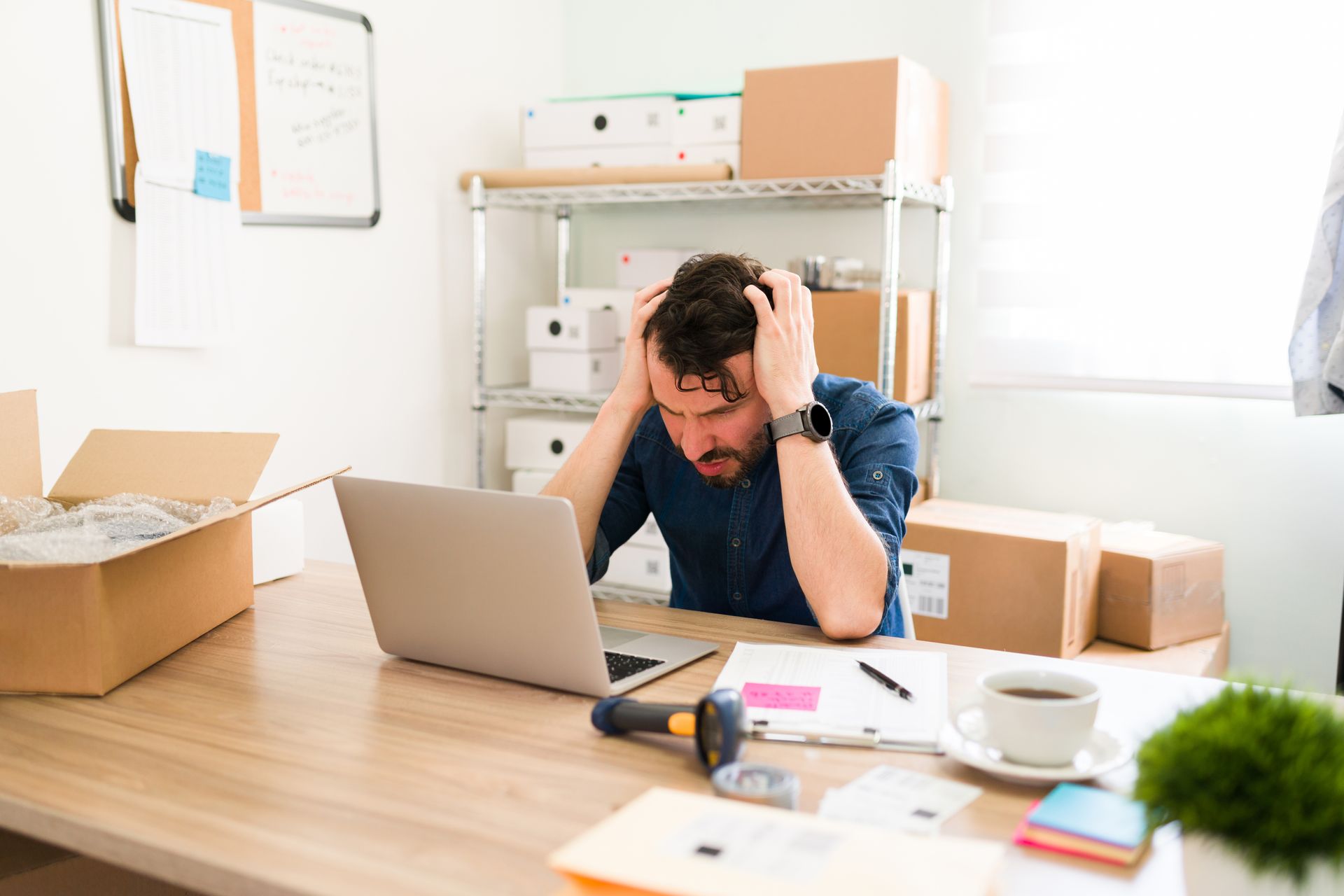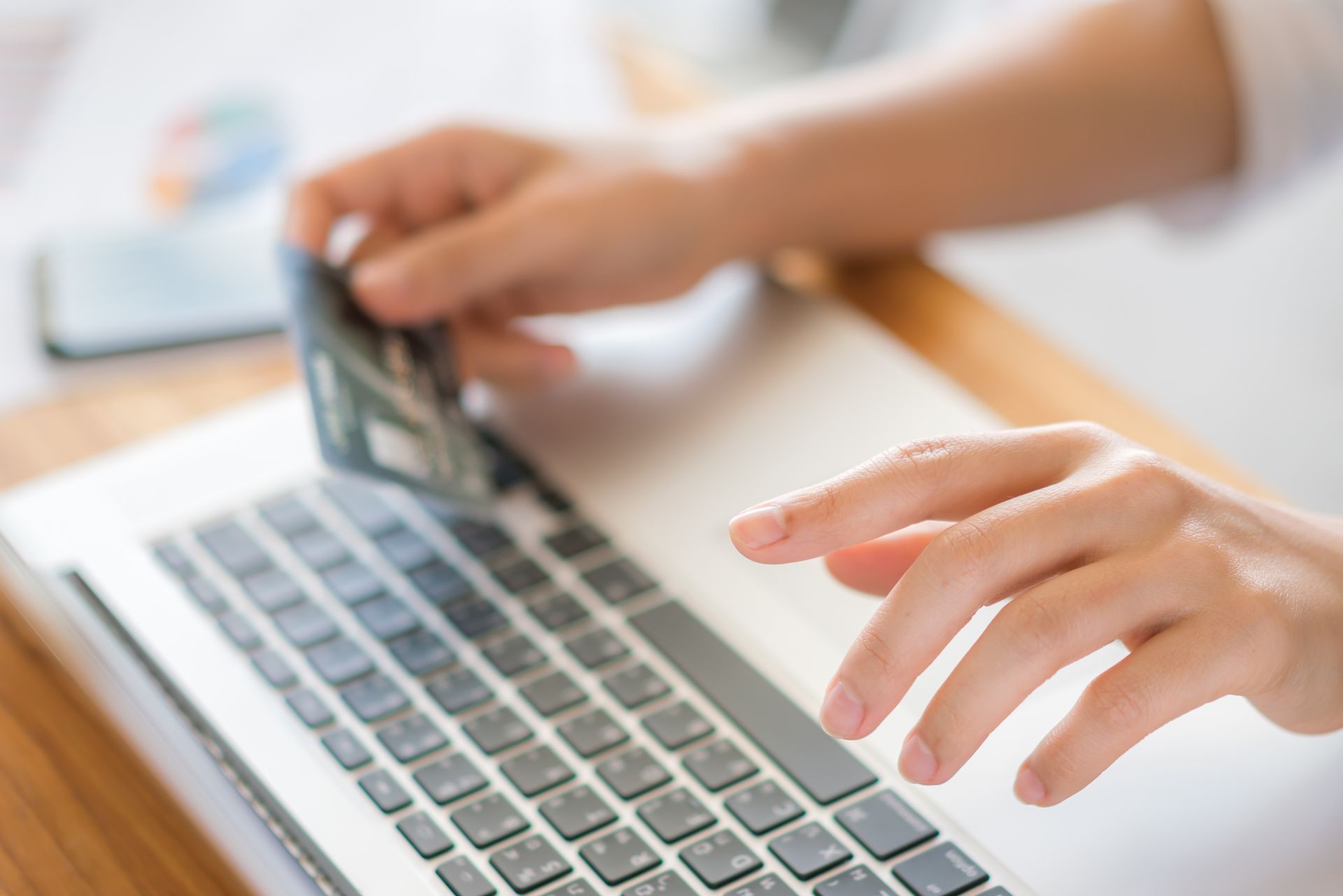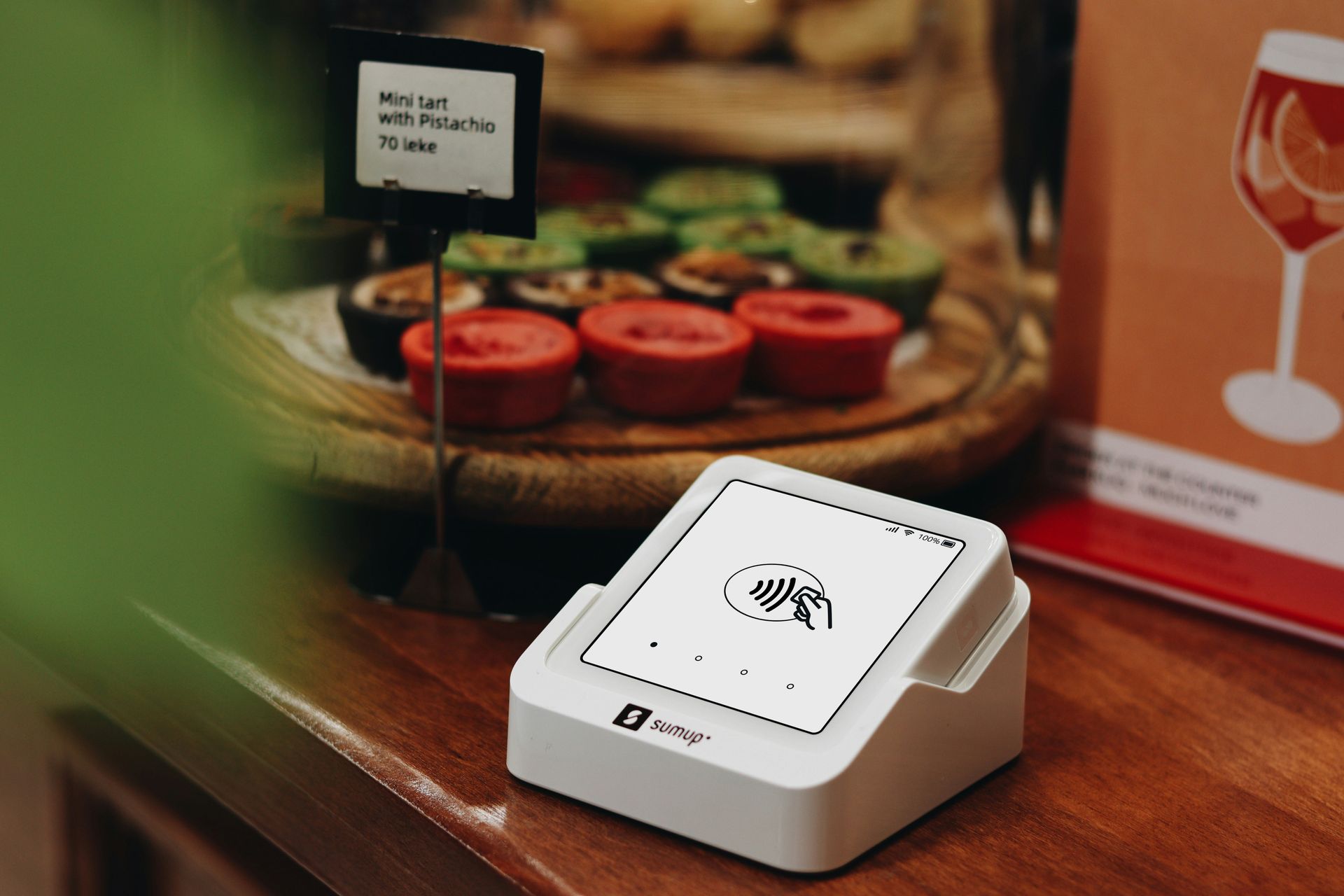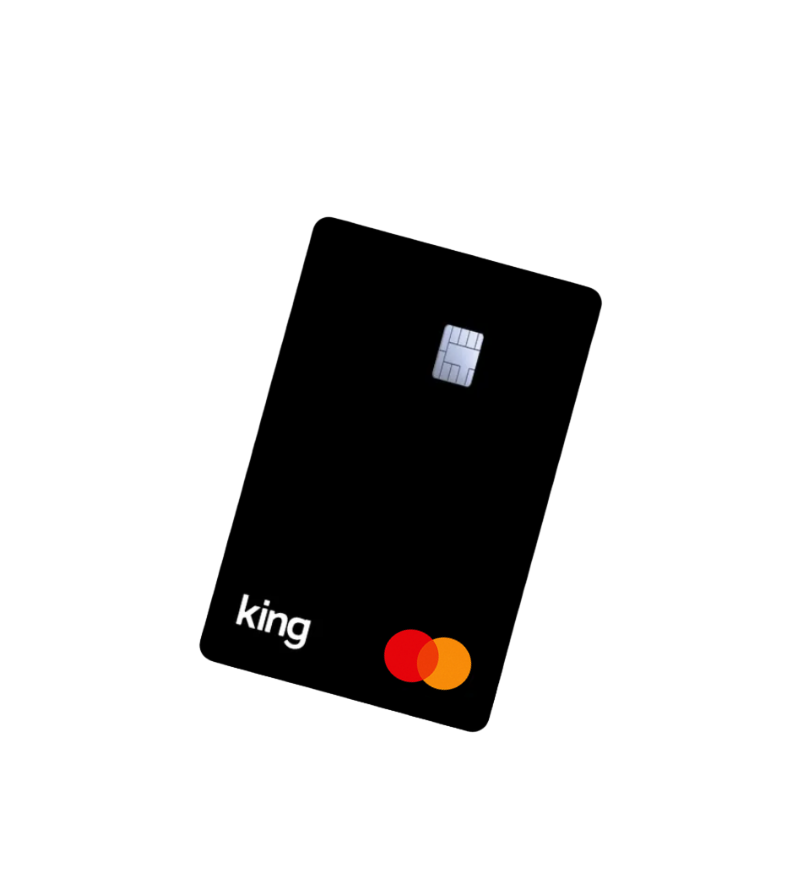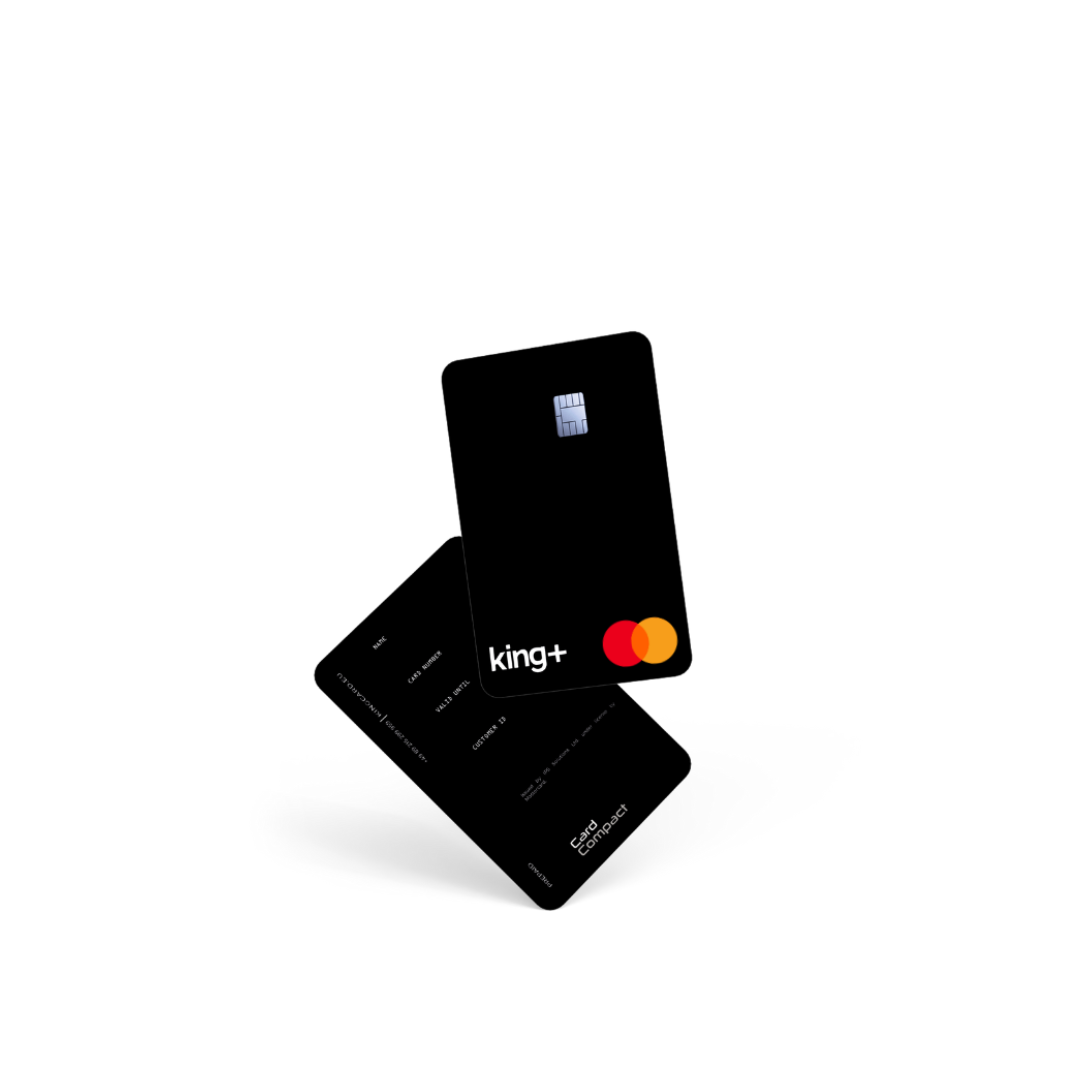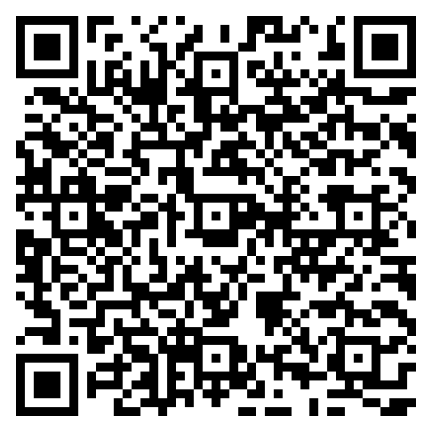Alles, was du vor deinem ersten Flug wissen musst
Ein Leitfaden für einen stressfreien Start
Der erste Flug kann aufregend sein, aber auch eine Quelle der Unsicherheit. Von der Buchung des Tickets bis zum Boarding gibt es viele Dinge, die du beachten musst, um sicherzustellen, dass du ohne Stress und Hektik dein Ziel erreichst. In diesem Beitrag erklären wir dir Schritt für Schritt, was du vor, während und nach dem Flug tun solltest, damit dein erster Flug reibungslos verläuft.
1. Die Vorbereitung vor dem Flug
Bevor du überhaupt am Flughafen ankommst, gibt es einige Vorbereitungen, die du treffen musst.
Buchung und Tickets
Flugtickets:
Buche dein Ticket frühzeitig, um von günstigen Preisen zu profitieren. Achte darauf, alle Details wie Abflugzeit, Fluggesellschaft und Gepäckbestimmungen zu überprüfen.
Pass und Identifikation:
Stelle sicher, dass dein Reisepass oder Ausweis noch gültig ist, besonders wenn du ins Ausland fliegst. In Europa reicht bei vielen Fluggesellschaften ein gültiger Personalausweis, aber bei internationalen Flügen ist der Reisepass notwendig.
Online-Check-in:
Viele Fluggesellschaften bieten die Möglichkeit, vorab online einzuchecken. Dies spart Zeit und garantiert dir, dass du deinen Flugplatz sicher bekommst. Der Online-Check-in öffnet in der Regel 24-48 Stunden vor dem Abflug.
Gepäckbestimmungen
Handgepäck:
Die meisten Fluggesellschaften erlauben ein Handgepäckstück mit einem Gewicht von 7-10 kg. Achte darauf, dass dein Handgepäck den Größenvorgaben entspricht (abhängig von der Airline), da es sonst nicht als Handgepäck durchgeht.
Flüssigkeiten im Handgepäck:
Es gibt strenge Vorschriften, wenn es um Flüssigkeiten im Handgepäck geht. Diese dürfen nur in Behältern von maximal 100 ml transportiert werden und müssen in einen durchsichtigen, wiederverschließbaren Plastikbeutel passen. Der Beutel darf maximal 1 Liter fassen und muss bei der Sicherheitskontrolle separat vorgezeigt werden.
Gepäckaufgabe:
Falls du ein größeres Gepäckstück aufgeben möchtest, achte auf das Gewichtslimit (meistens zwischen 20-30 kg, abhängig von der Airline) und packe es entsprechend.
2. Am Flughafen
Check-in
Wann solltest du am Flughafen sein?
Es wird empfohlen, spätestens 2 Stunden vor einem Kurzstreckenflug und 3 Stunden vor einem internationalen Flug am Flughafen zu sein.
Automatischer Check-in:
Viele Flughäfen bieten Self-Check-in-Automaten, an denen du deinen Boarding Pass selbst ausdrucken kannst. Wenn du Gepäck aufgibst, gehe danach einfach zum Gepäckabgabeschalter.
Klassischer Check-in:
Wenn du nicht online eingecheckt hast, geh zum Schalter der Fluggesellschaft. Der Check-in-Schalter ist oft nach Fluggesellschaften unterteilt.
Sicherheitskontrolle
Was du tun musst:
Du musst deine Hosentaschen leeren und alle elektronischen Geräte wie deinen Laptop, dein Handy oder Tablet auspacken. Diese werden dann separat in eine Schale gelegt, damit sie durch den Scanner können.
Kleidung und Accessoires:
Gürtel, Uhren und andere Metallgegenstände solltest du vor dem Durchschreiten des Scanners abnehmen, um den Prozess zu beschleunigen.
Flüssigkeiten und Gels:
Alle Flüssigkeiten, Gels und Aerosole (z. B. Haarspray, Zahnpasta, Parfüm) müssen in den oben genannten transparenten Beutel passen. Der Beutel wird beim Durchgang durch den Scanner separat überprüft.
Essen und Trinken:
Du solltest deine Getränke vor der Sicherheitskontrolle austrinken, da du sie nicht mit in den Sicherheitsbereich nehmen darfst. Nach der Kontrolle kannst du dir jedoch Getränke und Snacks kaufen, um dich während des Fluges zu versorgen.
3. Terminal und Boarding
Am Gate
Boarding-Zeit:
Überprüfe regelmäßig deine Flugzeit und das Gate, an dem du einsteigen musst. Du findest das Gate entweder auf deinem Flugticket oder auf den Anzeigetafeln am Flughafen. Achtung: Dein Gate kann sich noch ändern, also behalte die Anzeigetafeln im Auge, um sicherzustellen, dass du am richtigen Ort bist. Am Gate erhältst du dann die endgültige Ansage, wann der Boarding-Prozess beginnt.
Boarding-Prozess:
Normalerweise erfolgt das Boarding in Gruppen oder nach Sitzreihe. Achte auf die Durchsagen der Fluggesellschaft oder die Anzeigetafel, um sicherzustellen, dass du rechtzeitig in den Flugzeugbereich gelangst.
Wartezeit am Flughafen
Lounge:
Wenn du mehr Komfort möchtest, kannst du die Flughafenlounges nutzen, die oft bequeme Sitzgelegenheiten, kostenfreies WLAN und Snacks bieten. Manche Fluggesellschaften bieten Lounge-Zugang für Vielflieger oder gegen eine Gebühr.
Shopping:
Nutze die Zeit für einen letzten Einkaufsbummel. Duty-Free-Shops bieten in der Regel zollfreie Produkte, darunter Parfüms, Kosmetik, Alkohol und Schokolade.
4. Während des Fluges
Sitzplatzwahl
Fenster oder Gang:
Du kannst deinen Sitzplatz auf deinem Flugticket nachsehen, wo die Reihe und die Sitznummer angegeben sind. Über den Sitzen im Flugzeug findest du die Reihen, sodass du leicht herausfinden kannst, wo dein Platz ist – ob am Fenster oder am Gang.
Sicherheitsvorschriften:
Höre dir vor dem Start und während des Fluges die Sicherheitsanweisungen der Fluggesellschaft an. Diese sind meist über Bildschirme oder Lautsprecher im Flugzeug zu hören. Es ist wichtig, dass du weißt, wo die Notausgänge sind und wie du dich im Notfall verhalten musst.
Flugkomfort
Sicherheit im Flugzeug:
Halte während des gesamten Fluges deinen Sicherheitsgurt an, außer wenn du auf der Toilette bist oder der Kapitän dich auffordert, ihn abzulegen.
Entspannung:
Denke daran, ausreichend Wasser zu trinken, um während des Flugs nicht dehydriert zu werden. Je nach Dauer des Fluges könnte es auch sinnvoll sein, bequeme Kleidung zu tragen und Nackenstützen oder Kissen mitzubringen.
5. Nach der Landung: Gepäck und Zoll
Zoll- und Einreisekontrolle
- Bei internationalen Flügen musst du nach der Landung durch die Zoll- und Einreisekontrolle. Hier wird dein Reisepass geprüft, und du musst möglicherweise ein Einreiseformular ausfüllen.
- Zollfreigrenzen: Achte darauf, keine Waren zu überschreiten, die über den erlaubten Zollwert hinausgehen (insbesondere bei alkoholischen Getränken, Tabakwaren oder Elektronik).
Gepäckabholung
- Nach der Einreisekontrolle gehst du zum Gepäckband, um dein aufgegebenes Gepäck abzuholen. Überprüfe auf den Anzeigetafeln, welches Band für dein Gepäck zuständig ist.
Ausgang und Transport
- Nach dem Abholen deines Gepäcks kannst du den Flughafen über den Ausgang verlassen. Informiere dich vorab über die verfügbaren Transportmöglichkeiten wie Taxis, U-Bahn oder Shuttle-Busse, um zu deinem Ziel zu gelangen.
Dein erster Flug kann eine aufregende Erfahrung sein, aber mit ein wenig Vorbereitung und Aufmerksamkeit lässt er sich ohne Probleme meistern. Denke daran, frühzeitig am Flughafen zu sein, die Gepäckbestimmungen zu beachten und dich über alle Sicherheitsmaßnahmen zu informieren. So wird dein erster Flug ein unvergessliches und stressfreies Erlebnis!
